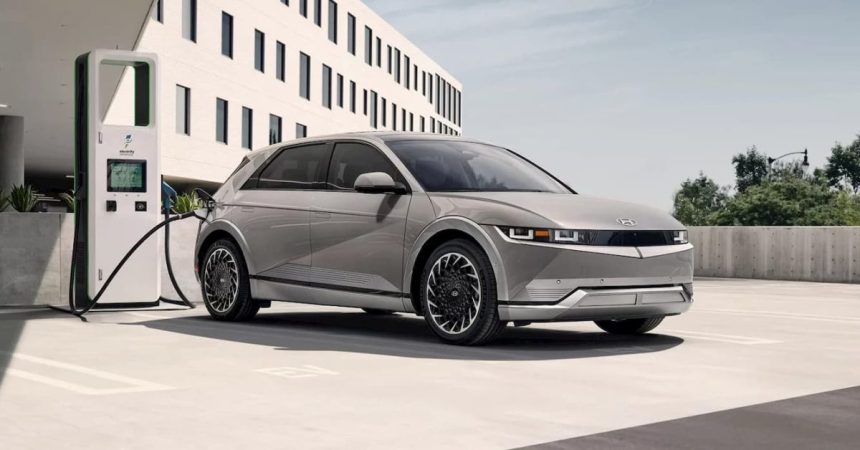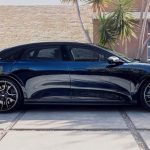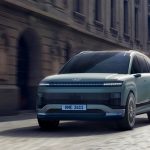South Korea’s authorities seems to provide home automakers Hyundai and Kia a break with its new EV coverage. The brand new EV subsidy coverage is in response to cost cuts on Tesla’s Mannequin Y and BYD’s fashions, which use lower-cost LFP batteries.
Concentrating on Tesla, BYD, and cheaper EV batteries
The revised EV coverage is Korea’s try to provide home automakers an edge as they appear to stage the enjoying discipline.
“Tesla dropping costs final 12 months, coupled with the rise of BYD, kicked off a value struggle within the international EV market,” Yang Jin-Soo, who leads Hyundai’s Enterprise Analysis Middle auto group, defined.
With the market shifting previous early adopters, “hitting the proper value level for the broader market is crucial.”
In accordance with The Korea Herald, the brand new plan units the utmost grant at round $4,800 (6.5 million gained). That’s $225 (300,000 gained) lower than final 12 months’s coverage. The car’s vary, value, and battery sort decide its eligibility.
The final half, the kind of battery, has change into a spotlight of Korea’s new EV coverage. Korea introduced the adjustments on Feb 6, together with considerably decreased subsidies for EVs with “lower-performance batteries,” like LFP batteries from China.
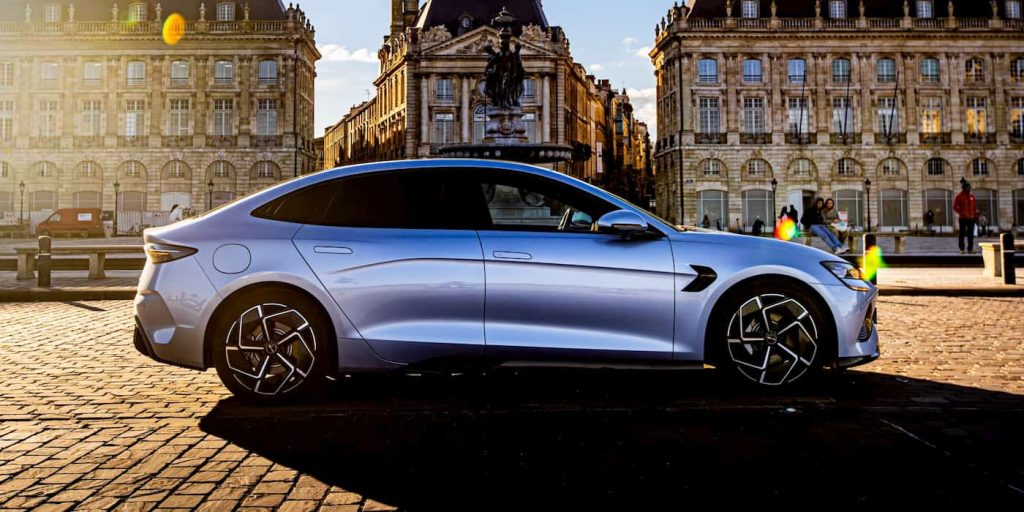
BYD, which surpassed Tesla to change into the top-selling EV maker within the final three months of 2023, dominated the LFP battery market.
In accordance with knowledge from the China Automotive Battery Business Alliance, BYD held over 40% of the LFP battery market by November. Rival CATL was second with almost 34% of the market. CATL provides batteries for Tesla’s best-selling Mannequin Y, bought abroad.
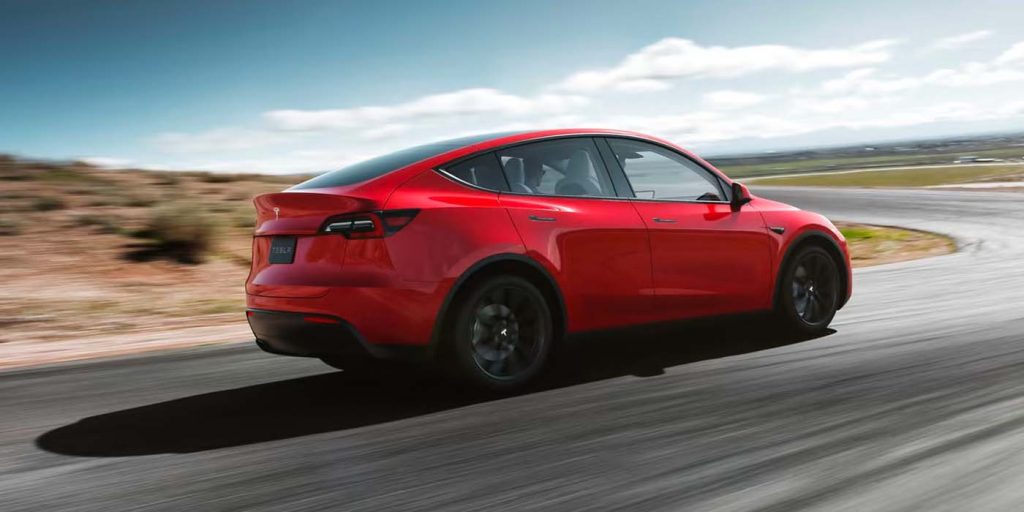
(Supply: Tesla)
Korea can also be focusing on increased costs, setting a cap at $41,000, down from roughly $43,000 final 12 months.
Korea’s EV coverage offers Hyundai and Kia an edge
After introducing its extra inexpensive Mannequin Y final 12 months (with an LFP battery), Tesla noticed gross sales within the nation soar. With costs of $16,000 decrease than different variants, Tesla’s gross sales in September rose almost 876%. It captured about 10% of Korea’s complete 2023 EV market in 4 months.
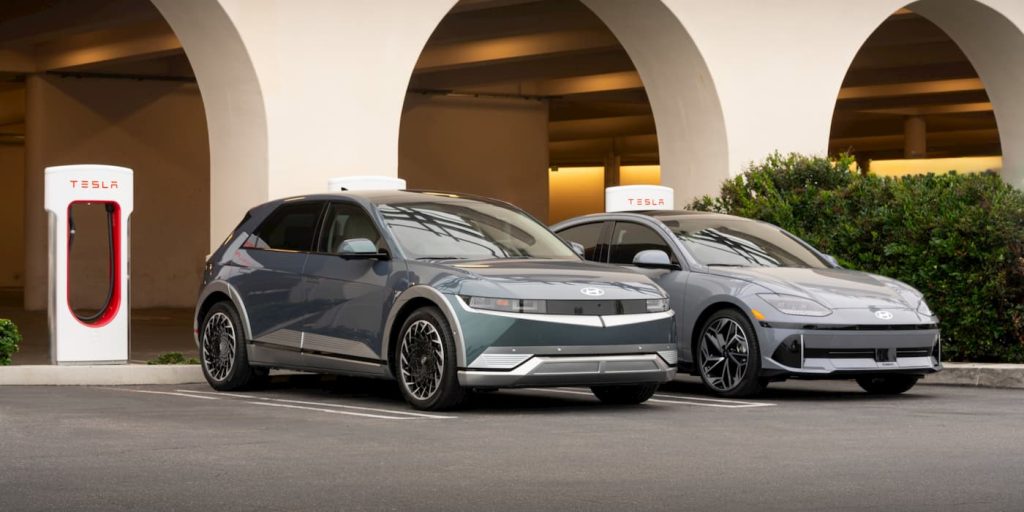
The report notes Tesla’s Mannequin Y accounted for about $24 million of Korea’s subsidies granted final 12 months alone.
In the meantime, subsidies for Hyundai and Kia EVs, just like the IONIQ 5 and EV6, stay principally unchanged. The IONIQ 5 and EV6 Lengthy Vary have 458 km (284 mi) and 475 km (295 mi) vary, respectively, with costs round $38,000 and $36,000.
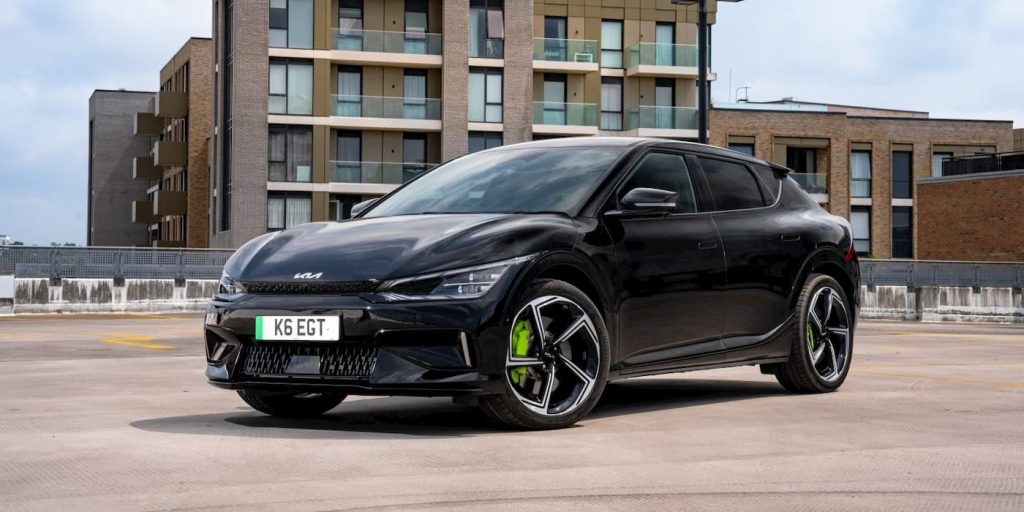
Though beneath the five hundred km (310 mi) benchmark, the fashions are geared up with NCM batteries, qualifying them for as much as $1,300 greater than lower-performance options.
Tesla adjusted the worth of its Mannequin Y Thursday to $41,000, down from $43,000 and beneath Korea’s new EV coverage threshold. Polestar and VW additionally dropped costs in response this week.
With the brand new coverage in place, Hyundai’s IONIQ 5 might earn an over $2,800 subsidy hole over the Mannequin Y.
Electrek’s Take
The brand new EV subsidy plan is seen as Korea’s response to cheaper overseas fashions getting into the nation, like Tesla’s Mannequin Y.
BYD can also be planning to start promoting EVs in South Korea throughout the first half of the 12 months. Sources say the BYD Atto 3 would be the first to roll out. The Atto 3 was BYD’s best-seller final 12 months, with over 100,000 models bought abroad, or 40% of its international EV gross sales.
The automaker plans to launch different low-cost fashions just like the Dolphin and Seal. BYD’s Atto 3 will compete with the Hyundai IONIQ 5 and Kia EV6.
Hyundai Motor’s exterior advisory committee stated, “Chinese language vehicles are crossing the Nice Wall of China and getting into the worldwide market like a tsunami.”
Korea’s new EV coverage mirrors that of broader worldwide actions just like the Inflation Discount Act within the US and the European Fee’s probe into Chinese language EVs.
In the meantime, others view it as a “band-aid for gross sales.” Professor Park Chul-wan, a member of the Presidential Fee on 2050 Carbon Neutrality and Inexperienced Progress, stated, “We might find yourself solely with costly EVs that hinder mass adoption” by penalizing cheaper batteries.
